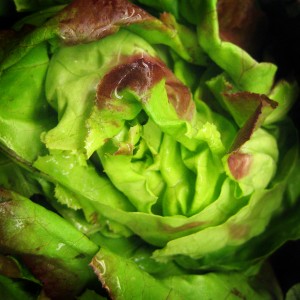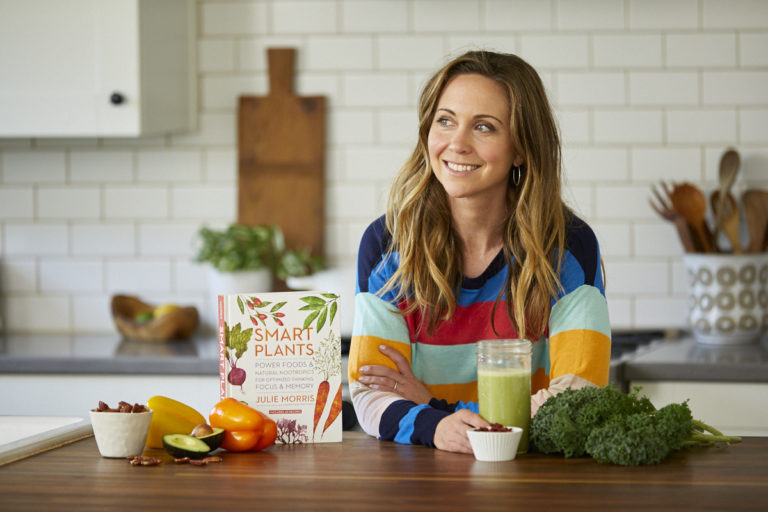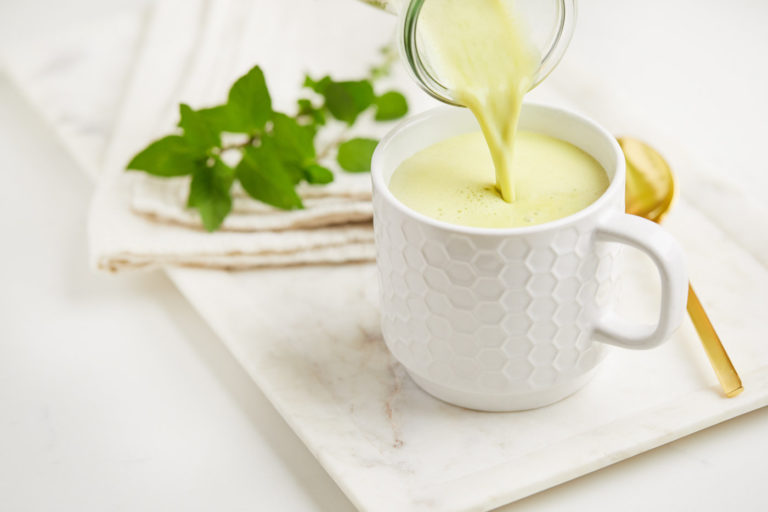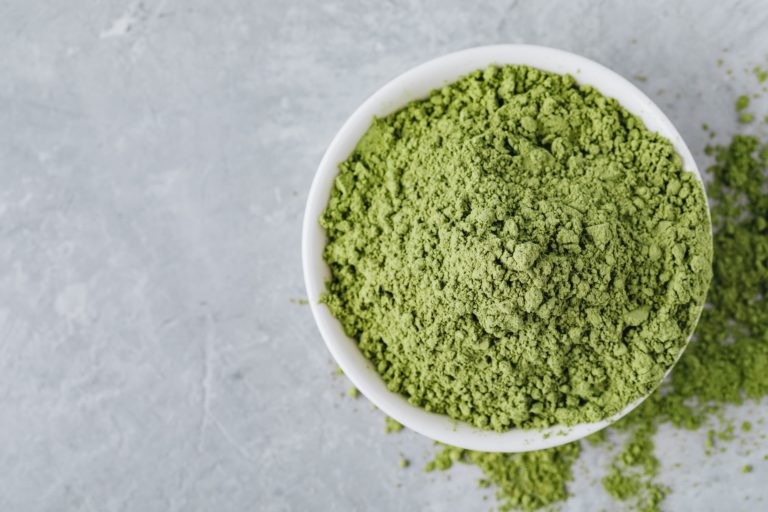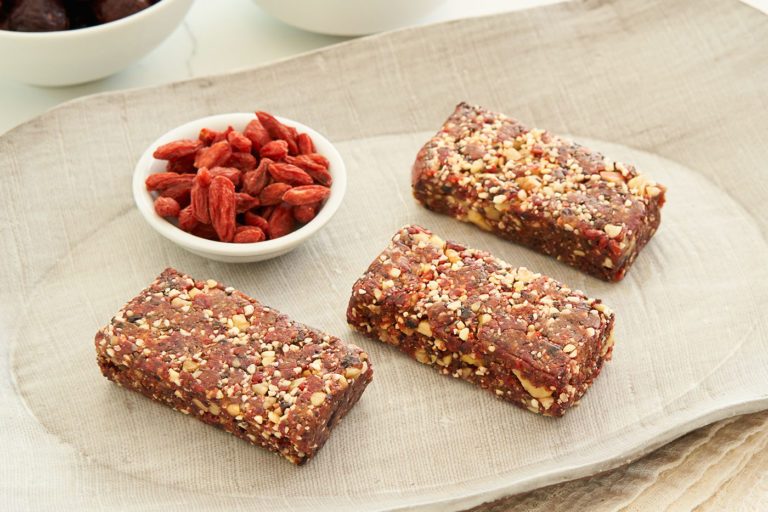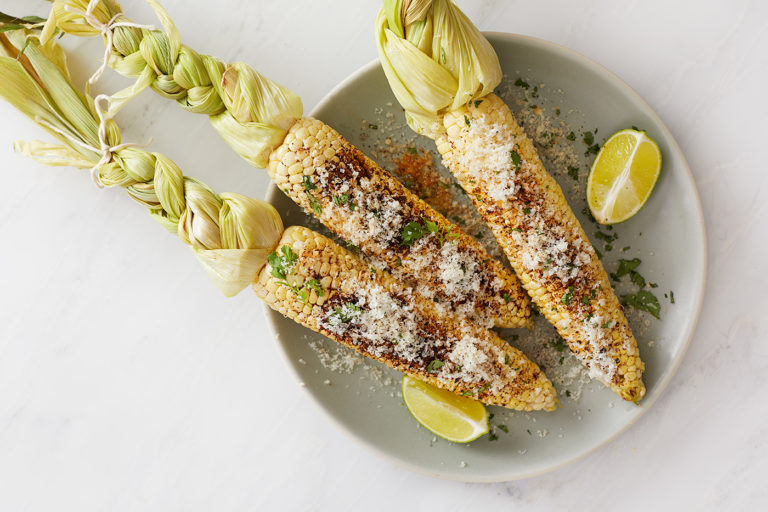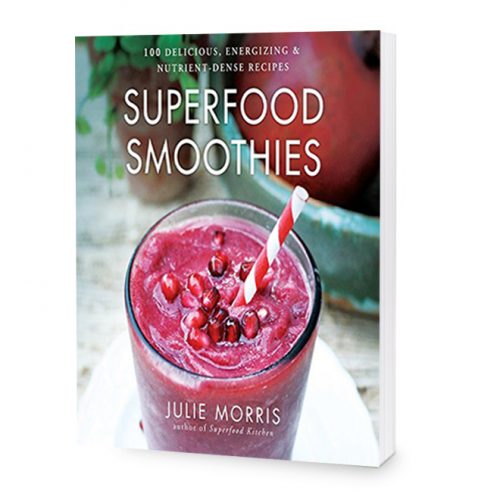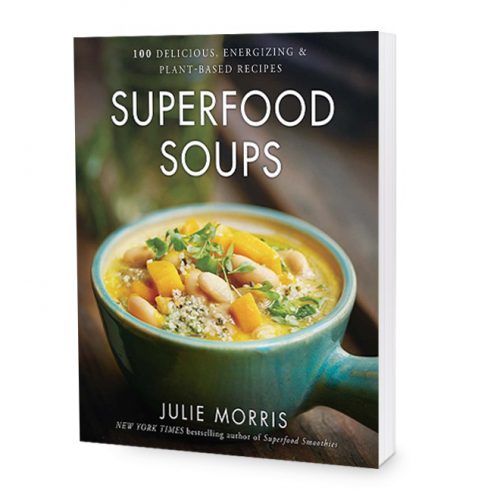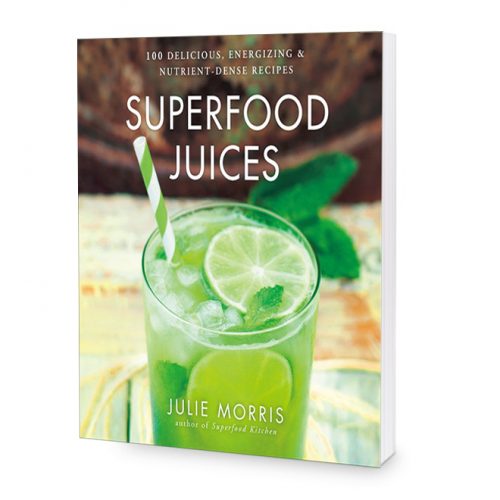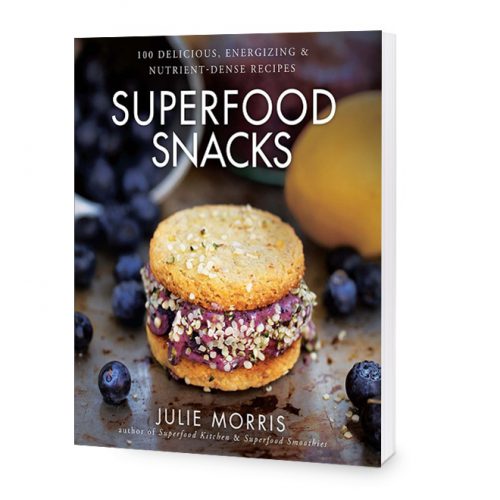Get a little over-ambitious at the produce bin again? Use these simple tricks to extend the fridge life of your green treasure.
As much as life is powerfully glorious, amazing, stunning, precious, wonderful . . . there’s definitely no shortage of what I refer to as RSATs: aka Really Super Annoying Things.
Personally, I’m a fairly even-keeled person, and on most days don’t fall subject to aggravation from Basic RSATs (like people talking too close with bad breath, or a slow line at the DMV). But everyone has their breaking point, and put me around a spreadsheet that hasn’t been color coded, or someone drawing on a dirty car with their finger (EW!!!), and I think it’s safe to say my mood is contributing to global warming.
Another thing that gets me REALLY testy is seeing food go to waste. A 1995 study estimated an astonishing 122 pounds of food thrown out a month, per family of 4 in America. My God! That’s basically like throwing out a member of the family (in weight) every 30 days. Each time produce is overbought/underused, it’s a waste of resources in the truest sense: via all the energy, water, and packaging used in the process of food production, transportation and storage (as well as the eventual landfill toll).
Plus, of course, it’s expensive.
Current research suggests that, by weight, about 40% of the food thrown away is fresh fruit & vegetables. Even from my own personal mega-veg consumption experience, I understand that sometimes the 3 – 4 day time slot from market to table can be a challenging one to meet. Annoyingly (though not quite of RSAT qualification), the most life-giving foods of all – leafy greens – are the quickest to perish. So out of respect for the overwhelming benefits of vegetables, coupled with the unfriendliness of food waste, try some of these easy food-saving tricks below. You’ll lessen the excuses of not having fresh produce around, up the shelf-life of your food, and, of course, do your part to lower the world’s RSATs. Nice work.
6 great ways to keep green foods fresher, longer:
1. Keep your greens separate from everything else, especially fruits. Let your leafy greens have their own crisper drawer. Many fruits and even some veggies give off natural gasses like ethylene that speed up spoilage.
2. Wash, dry, and wrap. In an ideal world, wash your greens when you get home, dry them as well as possible with a towel, and place them in a dry bag in the fridge. If you don’t have time to dry properly, keep your greens wrapped and “dirty” until you’re ready to use them. Extra moisture is mold and spoilage’s buddy, not yours.
3. Paper bag it. Paper helps absorb excess moisture, so store salad greens in a paper bags as opposed to plastic. Alternately, put pieces of scrap paper in the crisper drawer along with bagged vegetables.
4. Put a couple sponges in the fridges’ produce drawer. This is one of my favorite tips. The sponges soak up extra moisture in the immediate area and prevent rotting. Just wring ‘em out and do a quick disinfect when the sponges become saturated, then reuse again and again (the sponge trick works well for other veggies and fruits, too).
5. Do the cold water soak. If your salad leaves have begun to wilt, soak them in cold water for thirty minutes to give them renewed crispness.
6. Keep a rot watch. One bad leaf is enough to make the whole drawer go bad fast. Get out the bad stuff as soon as you see it.

